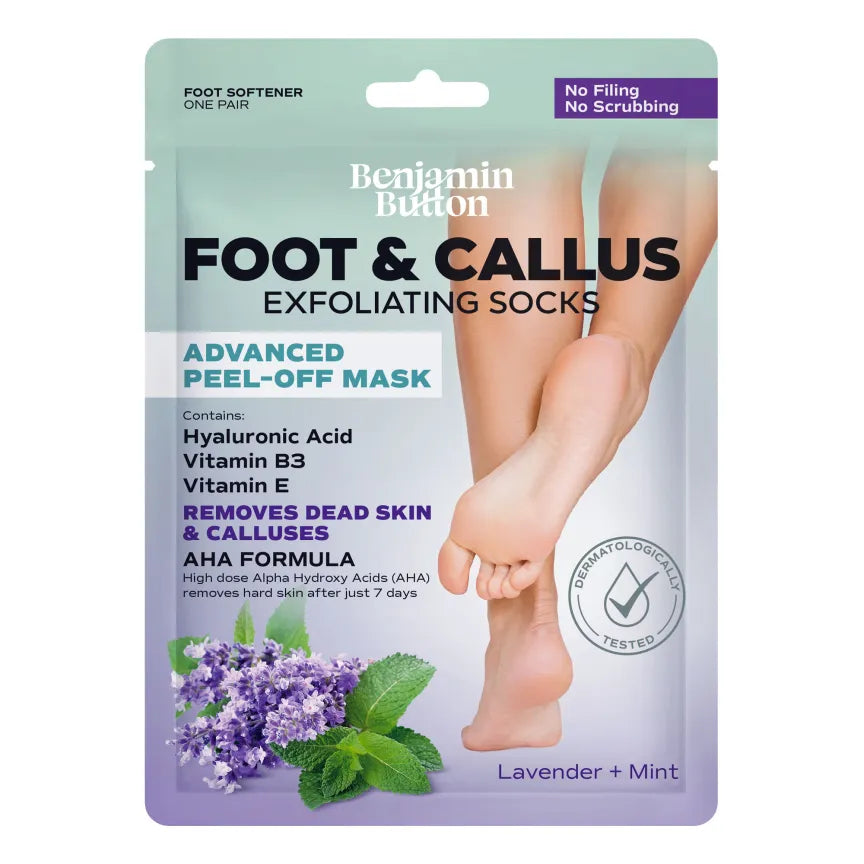Understanding Plantar Fasciitis
Plantar fasciitis is a common condition that affects many active individuals, characterised by severe pain in the heel and bottom of the foot. This debilitating issue often arises from repeated stress on the plantar fascia, a thick band of tissue that runs across the bottom of your foot. Those who enjoy running, walking, or participating in athletics are particularly susceptible. The discomfort can range from a dull ache to a sharp stabbing pain, making it essential to address the condition effectively to maintain an active lifestyle.Symptoms of Plantar Fasciitis
Recognising the symptoms of plantar fasciitis is crucial for effective management. Common signs include:- Heel pain: Most notable during the first steps in the morning or after prolonged periods of sitting.
- Pain after activity: Feelings of discomfort may intensify after exercise.
- Stiffness: A general tightness in the foot that can limit mobility.
Expert Tips to Overcome Plantar Fasciitis
Recovering from plantar fasciitis requires a multifaceted approach. Here are expert tips that can help you alleviate pain and regain your activity levels.1. Suitable Footwear
Choosing the right shoes is paramount. Look for footwear with the following features:- Good arch support: These will reduce the strain on the plantar fascia.
- Cushioned insole: Provides comfort and absorbs shock while walking or running.
- Stability: Ensures proper alignment of the foot and ankle.
2. Stretching and Strengthening Exercises
Incorporating specific exercises can enhance your recovery and prevent future occurrences. Focus on:- Calf stretches: Lean against a wall with one foot behind the other, keeping the back heel flat.
- Toe stretches: Sitting down, cross one leg over the other and pull back on the toes gently.
- Foot roll: Use a tennis or massage ball to roll under your foot for a gentle massage and stretching effect.
3. Hot and Cold Therapy
Utilising hot and cold therapy can significantly reduce pain and inflammation. Consider:- Cold packs: Apply for 15-20 minutes to decrease swelling.
- Warm soaks: Soak your feet in warm water to encourage blood flow and relaxation of tight muscles.
4. Weight Management
Excess weight can put additional strain on your feet. Maintaining a healthy weight through diet and exercise is essential for reducing the pressure on the plantar fascia. Consider:- Balanced diet: Focus on fruits, vegetables, whole grains, and lean proteins.
- Regular activity: Engage in joint-friendly exercises such as swimming or cycling if you experience discomfort while running.
5. Professional Assistance
Do not hesitate to seek professional help. A physiotherapist can assist with tailored exercise programmes and treatments. Additionally, podiatrists can provide invaluable insights on custom orthotics to alleviate pressure on your plantar fascia. Getting professional care can accelerate your healing process and ensure proper techniques are employed.6. Footwear Adjustments for Recreation
For those who enjoy recreational activities, consider adjusting your footwear accordingly. When engaging in sports, seek:- Activity-specific shoes: Each sport may require a different level of support and cushioning.
- Orthotics: Use custom-footbed inserts to enhance comfort and support.






















